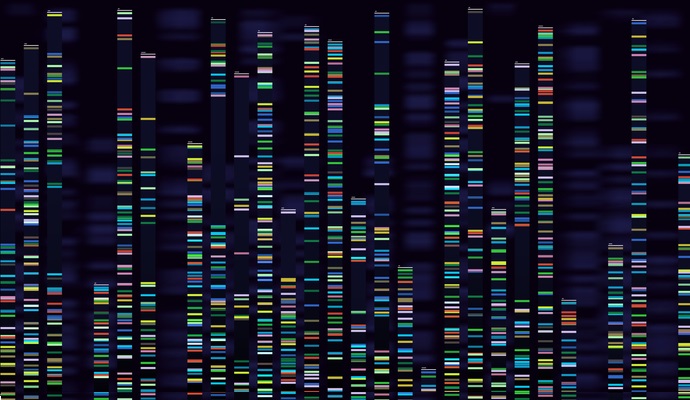Artificial Intelligence, Genomics Tools to Help Combat COVID-19
NVIDIA has developed new artificial intelligence and genomic sequencing capabilities to help researchers track and treat COVID-19.

Source: Getty Images
- To aid COVID-19 research efforts, NVIDIA has developed new artificial intelligence models, genomic sequencing software, and speech recognition technologies for the medical community.
For more coronavirus updates, visit our resource page, updated twice daily by Xtelligent Healthcare Media.
The new capabilities are a major expansion of the NVIDIA Clara healthcare platform, and will help healthcare researchers, technology solutions providers, and hospitals combat the pandemic faster.
“The COVID-19 pandemic has supercharged the collaboration of technology, research and the healthcare industry to develop new computing solutions that accelerate the understanding of the spread, scale and severity of this disease,” said Kimberly Powell, vice president of Healthcare at NVIDIA.
“Never before has there been such a critical need to apply the best AI technology and accelerated computing to every facet of healthcare, and its effects will be felt widely beyond this pandemic and across healthcare going forward.”
NVIDIA released a set of AI models that can help researchers detect and study infected patients through chest CT scan data. Developed in collaboration with NIH data scientists, the models leverage data from locations with high rates of COVID-19 infections, including Italy, China, Japan, and the US.
Scientists built the AI models using the NVIDIA Clara application framework for medical imaging. The framework contains domain-specific AI training and development workflow tools that allowed NIH and NVIDIA to develop the models in under three weeks.
NVIDIA is also leading a multinational COVID-19 federated learning initiative in partnership with Mass General Brigham. The initiative aims to expand COVID-19 AI models to x-ray imaging that enables local adaptation without sharing patient data and protecting patient privacy.
In addition to the AI models, NVIDIA is also making computational genomics software freely available to COVID-19 researchers. The software, called NVIDIA Clara Parabricks, achieved a new speed record by analyzing the whole human genome DNA sequence in under 20 minutes.
NVIDIA has also introduced GPU-accelerated RNA-sequencing pipelines that return results in less than two hours, providing researchers with critical insights about patients’ susceptibility to disease, disease progression, and response to treatment.
“Time is critical in the work we do. NVIDIA Clara Parabricks is being leveraged by researchers in the Center for Rare Childhood Disorders to help determine the most effective therapy for each patient and achieve our goal of delivering same-day results,” said Glen Otero, vice president of Scientific Computing at Translational Genomics Research Institute.
To make it easier for users to benefit from NVIDIA Clara Parabricks acceleration on the cloud, NVIDIA is partnering with the DNAnexus enterprise genomics cloud platform to seamlessly provision, run, and return results.
NVIDIA has also launched NVIDIA Clara Guardian, a platform that uses intelligent video analytics and automatic speech recognition technologies to help a new generation of smart hospitals perform vital sign monitoring while limiting staff exposure.
The NVIDIA Clara Guardian application framework facilitates a critically needed ecosystem of AI solutions for hospital public safety and patient monitoring by transforming everyday sensors into smart sensors. Critical use cases included automated body temperature screening, protective masks detection, safe social distancing, and remote patient monitoring.
Partners across the ecosystem are using pre-trained models and transfer learning to develop and deploy AI applications that combine speech, vision, and natural language processing.
With these new capabilities, researchers, developers, and hospitals across the healthcare continuum can further combat, track, and treat COVID-19.
